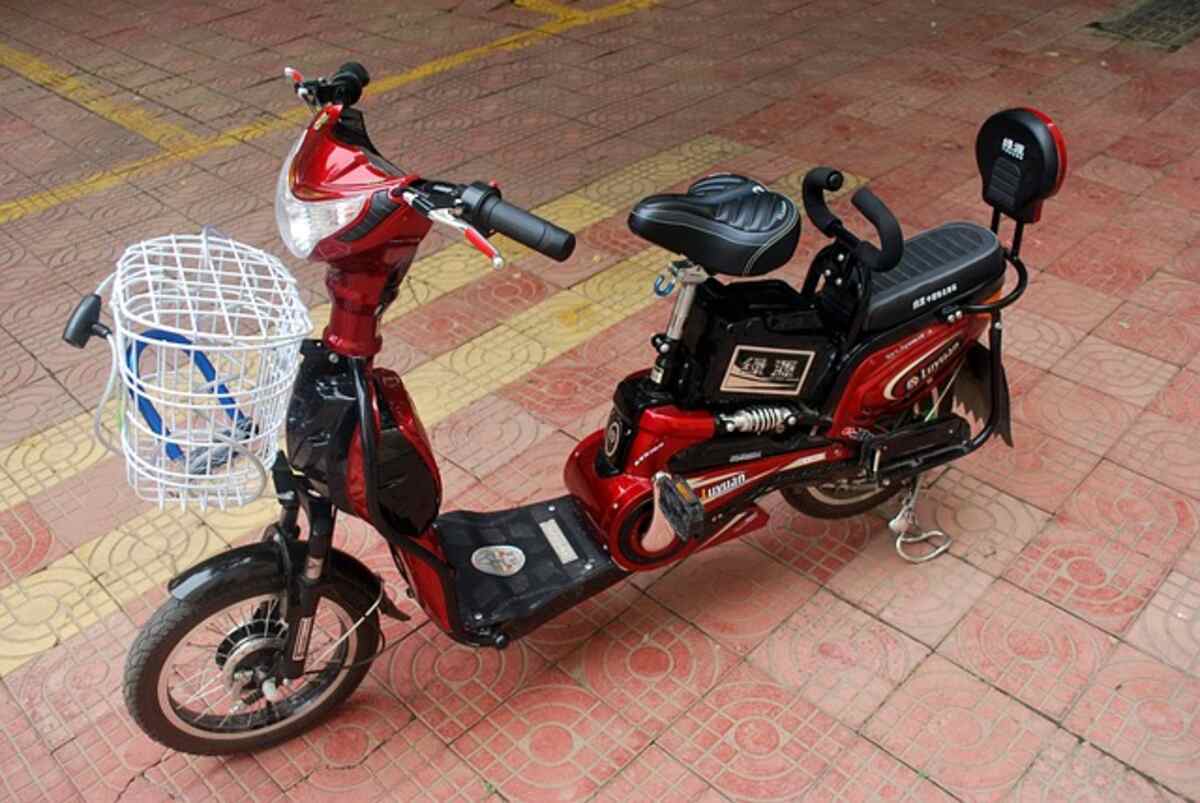Due to the economic downturn, increased concern for the environment, and the skyrocketing price of gasoline, more and more people are interested in purchasing an electric bicycle. The electric bike, a mainstay of mobility in Asia and Europe for decades, is finally finding its way to the New World. Brand-new electric bikes and conversion kits for existing bicycles can be found in stores. A wide range of conversion kits available can provide a high-quality electric bicycle at a fraction of the cost of a factory-made one. These kits may be set up with just a few essential tools and a few minutes. However, you shouldn’t use them if you need an electrician to swap out a bulb.
I’m utilizing a 350-watt, 36-volt front-wheel-drive system because it’s simpler to work with than a rear-drive setup for this article. While your conversion kit could be missing a few components I mention here, such as a horn button or a headlight, most of this article should apply to your build.
Having patience is the first requirement for putting together your electric bike kit. Relax and take your time. Do things properly and take your time. Many online resources state that installing a conversion kit takes no more than an hour. If you have done this before, everything fits flawlessly, and you have everything you need, then this may be the case. However, if you want the final product to look polished and professional, you should plan on spending the better part of a day on it.
First, undo the brake cables’ connections at the calipers. Flip your bike over so the handlebars support it, and take off the front wheel. Use the wheel that comes with the kit to replace the front wheel. When the bike is turned right-side up, the cables coming out of the wheel should be on the left side of the frame.
You may need to file the slots of the “dropouts” wider if the axle does not fit entirely. Make some adjustments to the fork’s backside with a mill file. Be sure to file both sides of the division in the same manner.
Several washers are mounted on the axle. Slide the requisite number of units to fill the gap between the fork and the hub motor. If the motor housing is rubbing against the division, use at least one washer on each side of the engine. Depending on the size of your knife, you might need to use some muscle to do this. Any spare washers can be left on the fork’s outside. Make sure the nuts are snugly fastened. The motor’s delicate wires may be damaged if it were to pull out of the front fork. Once these nuts are tightened, the front wheel should spin easily; if it does not, use the additional washers to adjust the wheel’s position in the fork.
Next, mount the battery rack and right-side-up the bike. You may need to experiment a little to get the spacing just right. Fasten the battery mounting plate (which comes with the battery in the packaging) to the rack.
Third, dismantle your handlebars and throw away the grips. These may be difficult to remove and necessitate pliers or a sharp blade to either twist or cut them off. The original brake levers should be removed after the grips have been removed. Squeezing the brake levers will bring the ball at the cable’s end out of the brake handle. Slide the lever assembly off the handlebar by pulling this out through the gap at the handle’s top. Depending on the bike, one or more of the shift levers may need to be removed first.
Fourth, put the light where the handlebars meet in the middle of the bike. Move the horn button to the left side of the grips, close to the lamp. Simply replace the cables on the new brake levers with the same length as the old cables, and slide the levers onto the handlebars. The throttle handle can be positioned to your liking, and the plain grip can be placed at the other end. Everything may be pretty snug, in which case a dab of lubricant would help with alignment. Hold off on tightening the clamps and set screws until you’re happy with how everything looks.
Pull the brake cable through the lockdown nut and snug the brake calipers by hand. Fasten the nut down. Make that the brakes are closing properly without rubbing the wheels. Modify as required.
Sixth, fasten the controller box to the bike’s frame. As shown in the picture above, I decided to secure the controller to the underside of the battery tray. Ensure the controller’s wire can reach it from the handlebars from the location you place it. Join the cables as depicted in the diagram. Don’t try to force the connectors if they don’t fit. Take time, check for tight connections, and double-check that the wire colors match the diagram if necessary. The last step is to connect the battery by sliding it into the rack. Use the wire ties to secure the wiring to look good and not get caught on anything. If you want to turn the handlebars without straining the connection connecting the engine, make sure to leave some slack in the cable.
Seventh, turn the key and check that the battery meter comes on. If that doesn’t work, try unplugging everything and trying again. Raise the front wheel off the ground and gently twist the throttle to test whether the wheel moves. If it doesn’t, try turning off the power and rechecking your wiring. The electric bike conversion kit you ordered is finished.
Steve Bodenstein is an entrepreneur who builds, imports, and distributes electric bicycles and conversion kits. He has been involved in nine different businesses from the ground up, making him a serial entrepreneur. He cares deeply about environmental protection, renewable energy, and energy autonomy.
Read also: Core Vacuums – Why As Well As How To Choose The Right System

